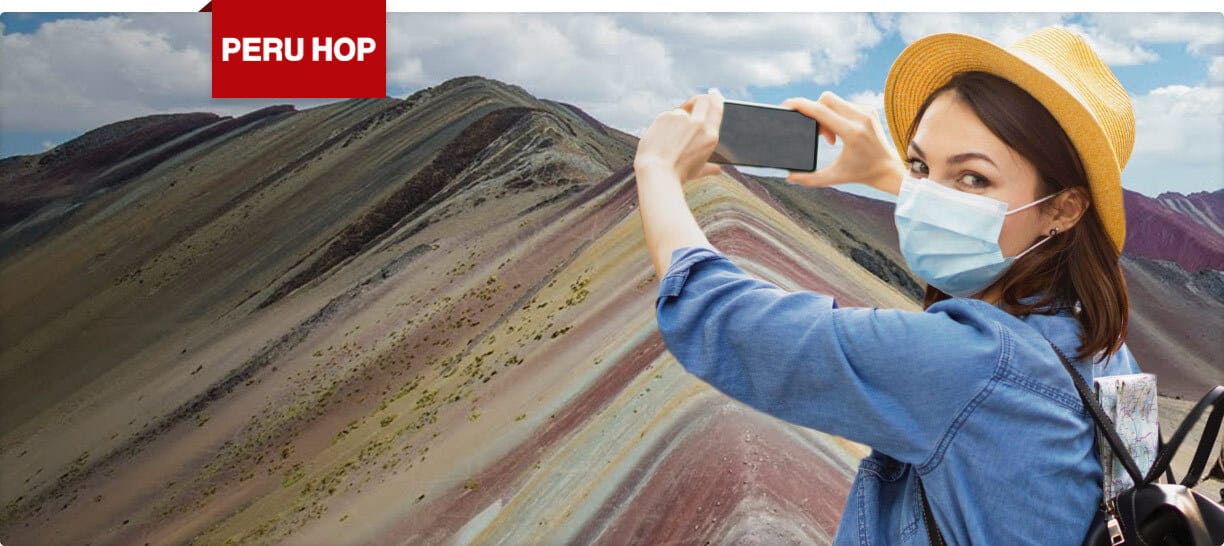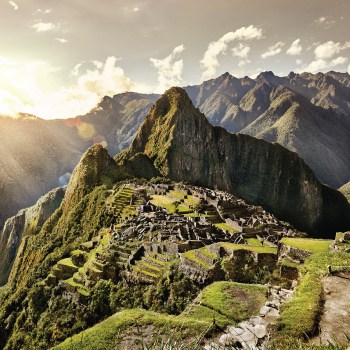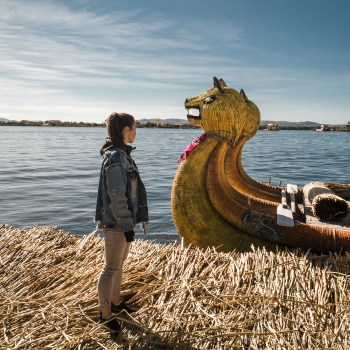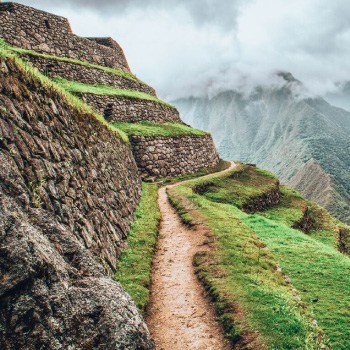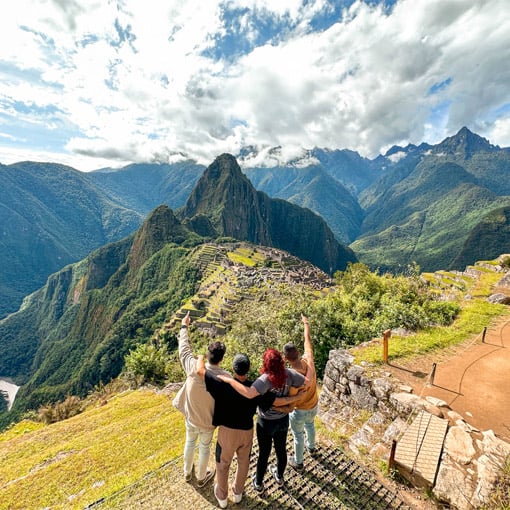About 50 km from Cusco, a little off the beaten track, you will find the visually stunning Inca ruins of Moray. Moray lies in a remote area of the Sacred Valley. You won’t find Moray ruins mentioned in many guide books and therefore they are not inundated with visitors. Enjoy the expanse and the enormity of this site in peace.
COVID-19 PERU UPDATES
All the information you need to stay up to date
with COVID-19 (Coronavirus) in Peru.
Booking a Ticket to Moray
Moray is often visited with the equally as fascinating Maras Salt flats. The following content contains everything you need to know about Moray. However, if you’re interested in booking a tour of Moray and Maras first take a look at this page on www.findlocaltrips.com.
All About Moray
The deep bowl shaped hollows of Moray look like a Roman amphitheater. They are circular in shape and have stair like terraces climbing up to the valley floor above. The full purpose behind these concentric terraces isn’t fully known. However, it is widely believed that the ruins were once an agricultural laboratory used by the Incas. The circular terraces that lie here are thought to have been used as an agricultural research station. Their depth, design, and their orientation with regard to the sun and wind are all telltale signs that they have a specific purpose. Because of the different conditions at each level of the terraces there is a difference in temperature of 15 °C (27°F) from the top to the bottom. It is thought that the Incas used the terraces and the different temperatures to test crops and experiment with them. The different micro climates at the different levels allowed them to study wild vegetation. They used hybridization and modification to adapt crops to make them suitable for human consumption. Peru is famous for its many variations of potato. This is down to the Incas. They experimented and played around with science. And now Peru has more than 2,000 varieties of potato.
It is no coincidence that the temperature differences at Moray represent the temperature at sea level farmland and the temperature in Andean farming terraces. The Incas were beyond their time in scientific thinking. Studies done on the soil has shown that the soil comes from different regions and must have been brought to the Sacred Valley. This again shows that the Incas were using this area as an experimental zone. Another fascinating point to note about the Moray ruins is that they never flood, even in Peru’s unremitting rainy season. It is thought that there must be underground channels built to allow the water to drain.
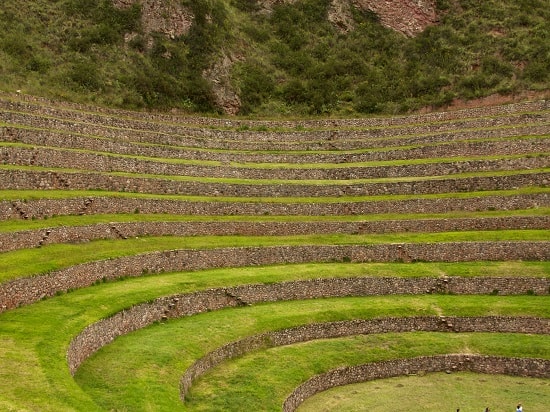
A trip to Moray ruins is well worth it and can be easily turned into a full day Sacred Valley excursion by including a visit to the nearby salt flats of Maras. You will be awed by its expanse and cleverness and marvel the forward thinking and intelligence of the Incas. Take your time and take it all in.
THE ONLY PERU GUIDE TRAVELING TIP: Peru Hop buses are the best and safest way to get to and from Cusco, home of Machu Picchu.
Getting There from Cusco
One can book a tour with one of the operators found on www.findlocaltrips.com. Alternatively you can go by yourself, by taxi to the Sacred Valley. Go early and you will hopefully have the place all to yourself. However, taking a taxi to Moray is the more expensive option, and will set you back about 80 soles one way. It is also possible to hike from Urubamba or Chinchero to Moray which takes approx. 2-2 ½ hours. Finally, you can also take the adventurous route and bike to the ruins from Chinchero. If you are short on time or would prefer visiting with a tour guide who will tell you a bit more about the destination, we recommend the first option.
Adjusting to Altitude in Cusco First
Visiting Moray is a captivating experience for anyone interested in the history and culture of Peru. It is also not as demanding as many of the treks and hikes to Machu Picchu. However, it is important for travellers to take time to acclimatize to the altitude in Cusco before starting any adventurous activities. For most travellers, the effects of altitude will be limited to some shortness of breath and a mild headache. However, should any of these conditions become worse or fail to improve after a few hours, it can be a quite serious even life threatening issue, and should be dealt with accordingly.
Preparing ahead of time for this kind of issue is necessary to ensure you protect your health.
The most recommended method to acclimatization is to ascend bit by bit and spend at least 24 hours at every 2000ft. increase in altitude. When travelling from Cusco to Lima we strongly recommend taking a bus as opposed to flying. This way you can gradually adjust to the increase. For this method we strongly suggest following Peru Hop‘s Full South to Cusco route. It advances progressively, giving you the time you need to acclimatise to the thinner air for when you arrive to Machu Picchu.




